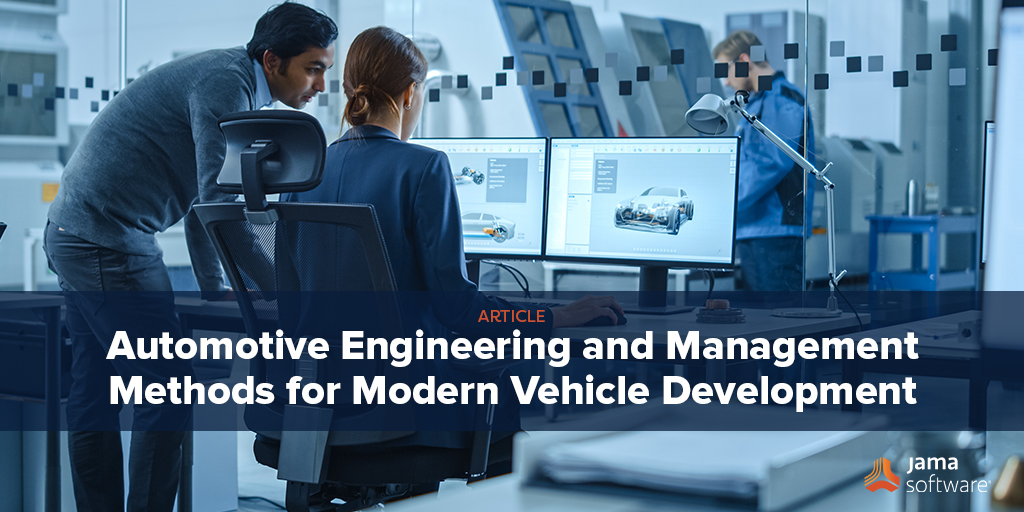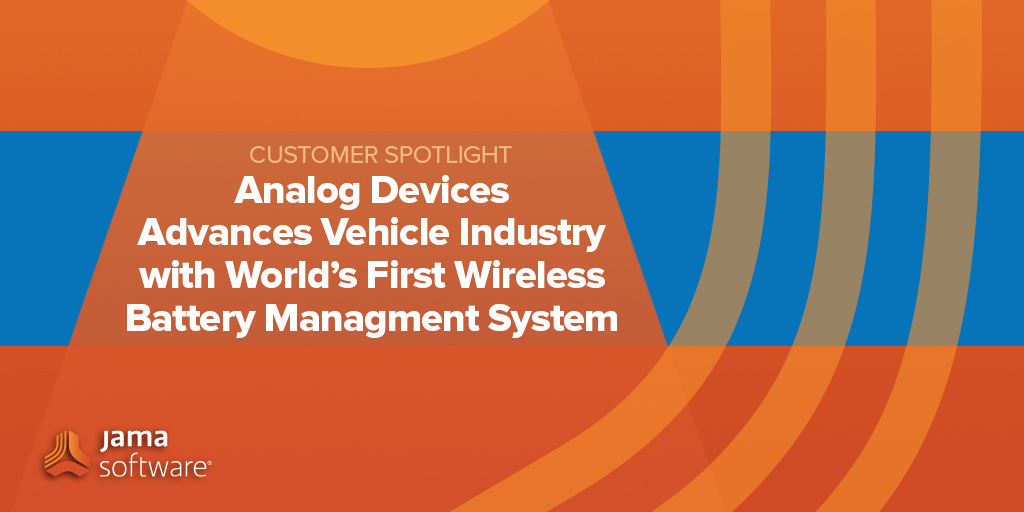With over 100 years of history, cars may be considered ‘legacy technology.’ They are everywhere, so everyone in the automotive industry should know how to develop them…right?
History and Future of the Automotive Industry
Cars have come a long way in the last 100 years. The first patented gas-fueled motor wagon of Carl Benz dates back to 1886. Electric Vehicles (EVs) date even earlier back to the 1830s. Although EVs disappeared between 1935 and 1960, they are back today while the internal combustion engine (ICE) will likely vanish in the future. There are obvious signs that the best times for ICE cars are over. Governments all over the world are paying subsidies for alternative energy vehicles and setting more restrictive greenhouse gas targets for the future. In Europe and Asia, cities are already restricting access to ICE vehicles. As a result, companies like GM, Ford, and VW are going all-in on electric now to assure their future growth.
Customer expectations are also shifting. Next-generation customers are expecting, for example, a connected, smartphone-like user experience. A McKinsey study shows that 36 percent of customers would willingly change brands for better digital and connected services. Another important point to mention is that flexible ownership and mobility services will likely replace traditional car ownership. For example, Tesla has a master plan to dominate the (automotive) world with robotaxis, and an army of startups are raising money to join the battle for future mobility. The rise of the mobility industry with buzzing Mobility as a Service (MaaS) might even make cars a commodity in the future.
New Revenue Models, New Technologies, and New Entrants
Automotive is a capital-intensive and small-margin business. What does capital-intense mean in this case? You need $1 billion to develop a car and another $1 billion to manufacture a car. So, the market is tough as a consequence. Tesla CEO Elon Musk recently tweeted: “Tesla & Ford are the only American carmakers not to have gone bankrupt out of 1000s of car startups. Prototypes are easy, production is hard & being cash flow positive is excruciating.”
No wonder the industry is aiming for a continuous revenue stream rather than a one-time sale. It’s apparent that technology is an enabler for new services and creates additional revenue sources in the industry. Connected car services, features on-demand, and upcoming automated driving subscriptions are examples of additional revenue sources.
Today’s most influential automotive technology is the electrification of the powertrain. It’s changing the industry because an electric powertrain is less complex than a combustion engine powertrain with all the moving parts and a catalytic converter system. Now EV entrants don’t have to catch up with 100 years of ICE development and have the advantage of a less complex and low-maintenance electric powertrain. This provides new EV entrants a lower barrier to enter the industry.
RELATED POST: The Importance of ISO 26262 in Automotive Development
Today’s Automotive Industry Challenges
Most automotive industry players face distinct challenges caused by the ongoing changes. Here are the major challenges and struggles that key players experience in product development today.
Legacy OEMs
The development process in the automotive industry is still hardware-driven, resulting in a two- to six-year development cycle. To increase profitability and achieve a competitive advantage, OEMs are speeding up the development cycle. Because of the increasing number of features defined by software, this hardware-driven development process reaches its limitations. Shifting to an Agile development process with a shorter cycle is challenging for most OEMs because it needs a properly tailored Agile process for automotive. Another point to mention, there is often a disconnect between engineering, marketing, and customer expectations, or even resistance within the management to introduce features customers are looking for. As a consequence, legacy OEMs are struggling to switch to a more user-centric approach and prioritize features customer value.
Tiered Technology Supplier
In the past, OEMs wrote specifications for E/E systems and Electric Control Units (ECUs). At the next step, tiered suppliers developed the ECUs and verified them against the specifications. In the last step, the OEMs integrated ECUs from different suppliers and validated the system. That’s about 30-70 ECUs for a modern car, and it is quite a challenge. Today the cooperation model is changing, OEMs are challenging their suppliers to step up as technology partners. OEMs are now expecting system and technology co-development with partners to get a leaner process and save costs. As a consequence, suppliers are struggling to grow from a components supplier to technology partners and the related tackle for technology lead.
New Automotive Industry Entrants
New entrants in the industry join a capital-intensive and knowledge-intensive industry as described before. Besides, new entrants often develop E/E systems, domain controllers, and software in-house to differentiate their offering. This has its advantages, but one big disadvantage is the missing automotive engineering review by an external partner. Even if the executive management is aware of this challenge, they often have a hard time finding automotive experienced managers and developers for the required knowledge transfer. As a consequence, new entrants often struggle with implementing the quality and safety standards in the industry and the proper execution of the related automotive engineering methods.
Take Away
The automotive industry has changed a lot in the last few years, and this transformation is speeding up even faster today. Key drivers are changing regulations, new technologies, new revenue models, and new industry entrants. Connected vehicles, autonomous driving, the electrification of the power train, and shared mobility are mutually reinforcing developments in the automotive industry. Combined, these developments are changing the industry – some even call it the perfect storm to disrupt the industry.
To sum it up, the future of the automotive industry looks bright. Nevertheless, technology like autonomous driving, will bring new challenges like increased product complexity and safety concerns. It would be wise for all participants to use proper automotive engineering methods and tools.

